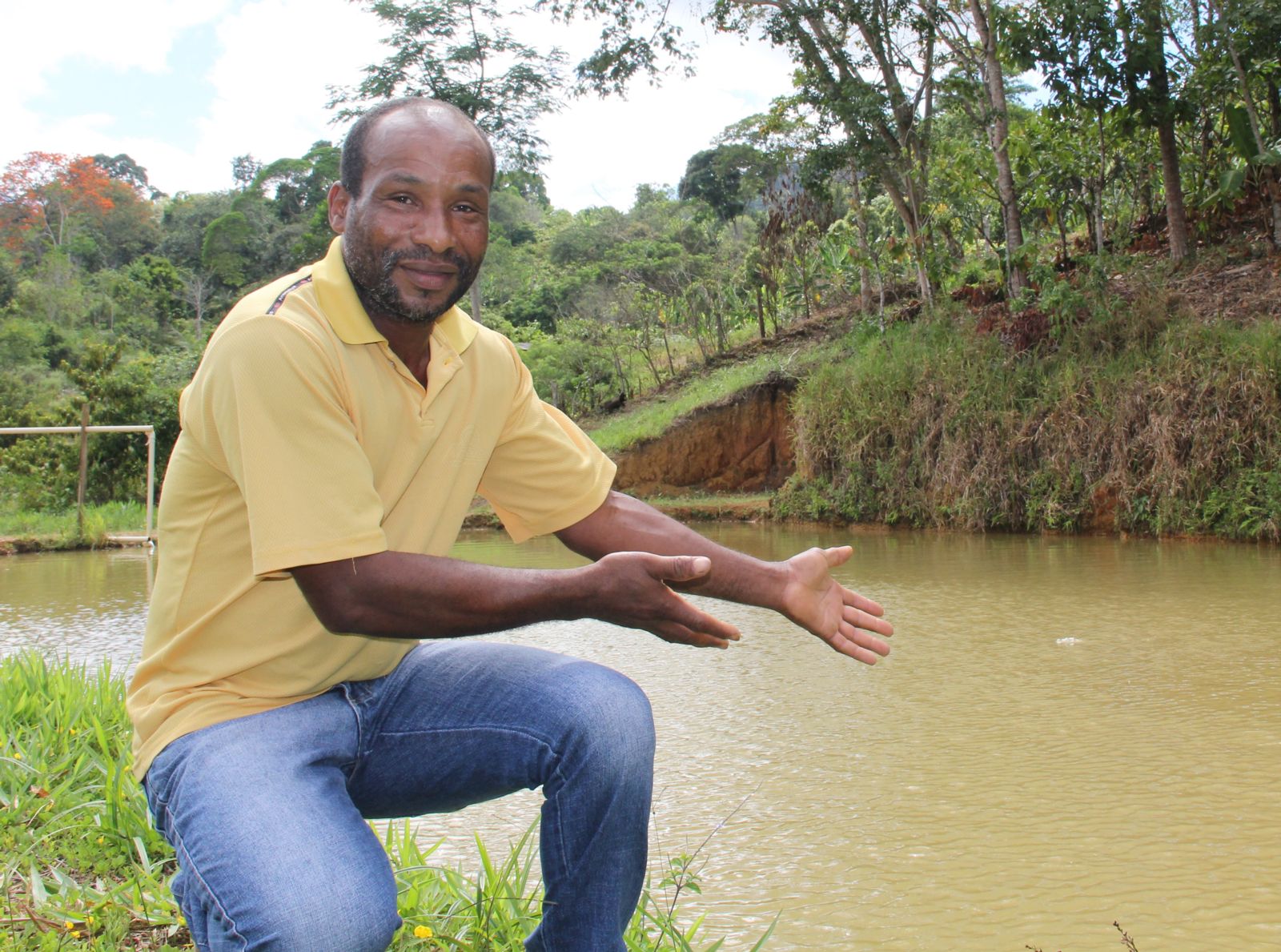29The Casa Familiar Rural of Presidente Tancredo Neves (CFR-PTN), located in the Lower South of Bahia, was featured in...
The role of the Foundation’s Social Program in forest restoration
DATE: 02/21/2024
According to the World Economic Forum’s (WEF) Global Risks Report 2024, the scarcity of natural resources and the loss of biodiversity represent some of the greatest environmental risks the world will face in the next decade.
And the concern is definitely not for nothing: Brazil, which alone holds 30% of the world’s forests, leads the ranking of countries with the most deforestation. In 2022, it was responsible for 43% of the world’s deforestation, according to a study carried out by the World Resources Institute (WRI).
This destruction is reflected, for example, in the current situation of the Atlantic Forest: the most devastated biome in the country, today it has only around 24% of its original cover. In Bahia, it originally occupied 36% of its territory, but now only 6%.
All this data points to a cycle that culminates in the loss of biodiversity. With the removal of vegetation, water resources are affected, animals lose their natural habitats, and the local ecosystem remains unbalanced.
Knowing that deforestation is an increasingly common process that directly threatens the maintenance of living beings, one question inevitably arises: how can we repair its effects?
Forest restoration

Production of seedlings of endemic species of the Atlantic Forest
This is where forest restoration comes in as one of the main solutions to combat the consequent loss of biodiversity. The practice works to restore degraded areas, directly contributing to the preservation of landscapes and water resources, soil protection and the rebalancing of fauna and flora.
Did you know? Unlike reforestation, which also involves rebuilding a forest in a degraded area, restoration goes further: it is necessarily concerned with re-establishing the specific ecological functions of that environment before its devastation. This means that it’s not just any replanting; a careful analysis is carried out to recover the space with its endemic species, i.e. those found exclusively in that biome.
Forest restoration is one of the practices of the Environmental Conservation front of the Development and Integrated Growth with Sustainability Program (PDCIS), created in 2003 by the Norberto Odebrecht Foundation. Focused on promoting sustainable territorial development based on synergy with nature, the PDCIS has the Southern Bahia Lowlands region as its focal point.
In the region, the Atlantic Forest is the predominant biome. A territory marked by rich biodiversity and a climate conducive to the cultivation of a wide variety of crops, it also faces constant challenges, such as the reduction of its forest cover and the suppression of riparian forests.
A recent survey carried out by Brazilian researchers and published in the journal Science points out that 82% of the tree species endemic to the Atlantic Rainforest suffer from the possibility of disappearing forever. Some of them are Pau-Brasil, Jequitibá Rosa, Jacarandá-da-Bahia, Angico and Peroba.
These same species are some of those produced and planted by the Earth Conservation Organization (OCT) in forest restoration actions in the Southern Bahia Lowlands, helping to mitigate the threats of extinction. A partner institution in the implementation of PDCIS, OCT carries out this service as one of the ways to restore local biodiversity.
“Our work is done on a macro level, i.e. it’s not just about planting trees. The aim is for us to be able to restore all the ecological functions of that space,” says Bruna Sobral, coordinator of socio-environmental planning at OCT. And how is this done?
Hands on
For a restoration action, the institution carries out planned and strategic planting. In the arrangement, 70% of the trees planted are fast-growing in the medium term. These are species that produce fruit and seeds that are part of the diet of animals that are either present there or need to be attracted to the altered areas.

Isidório Gonçalves in his reclaimed area after OCT intervention
These trees also provide a more agile cover for the soil, preventing erosion and protecting water resources. One example of a beneficiary of this action is Isidório Gonçalves, a rural producer from the municipality of Ibirapitanga, in the Southern Bahia Lowlands. With OCT’s support in restoring the forest on their property, they were able to restore the local spring and see water flowing from it again.
OCT’s work is social in nature and its priority audience is family farmers who live in a Permanent Preservation Area (APP) but don’t have the resources to restore it. Through this partnership with small producers, by monitoring the whole process, they understand the importance of restoring ecological functions and the environmental service that their property will provide by being conserved. “There is a whole educational process that takes place during forest restoration activities,” says Bruna.
By promoting technical awareness among family farmers of actions to conserve natural resources, the PDCIS forest restoration practice ties in with the Sustainable Development Goals (SDGs) proposed by the United Nations (UN). For Jonas Nogueira, Sustainability Coordinator at the Foundation, this intersection has to be purposeful: “With the SDGs in mind, we adopted specific targets and took a broader look at the PDCIS’s contribution to achieving them, a move that translates into our indicators and is part of a great pact for sustainable territorial development,” he says.



No comments